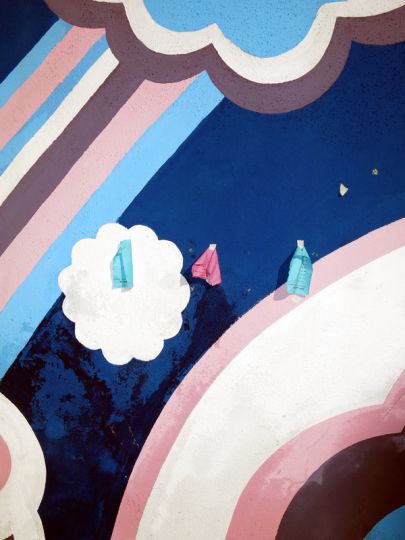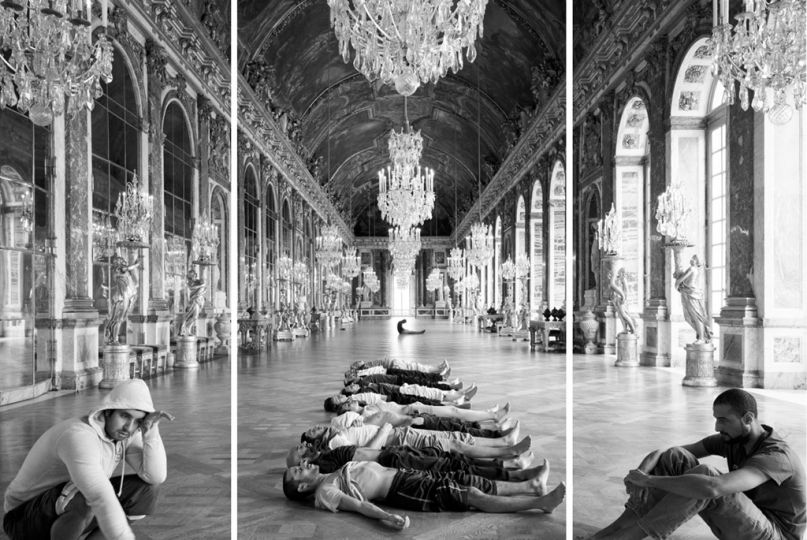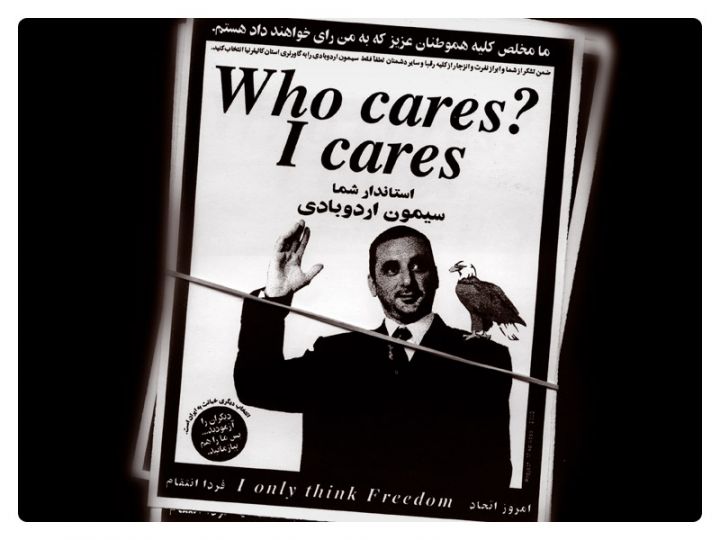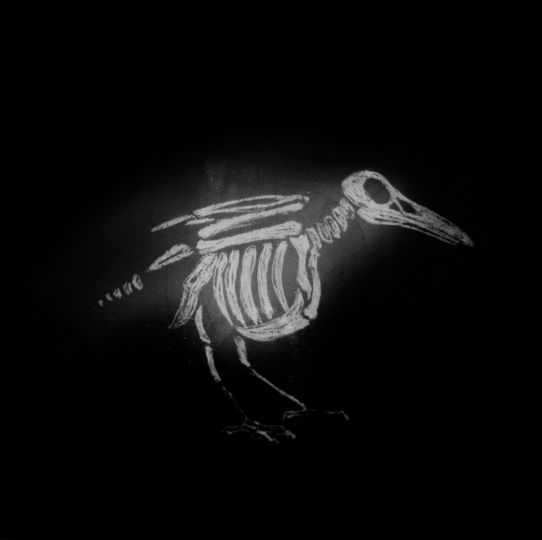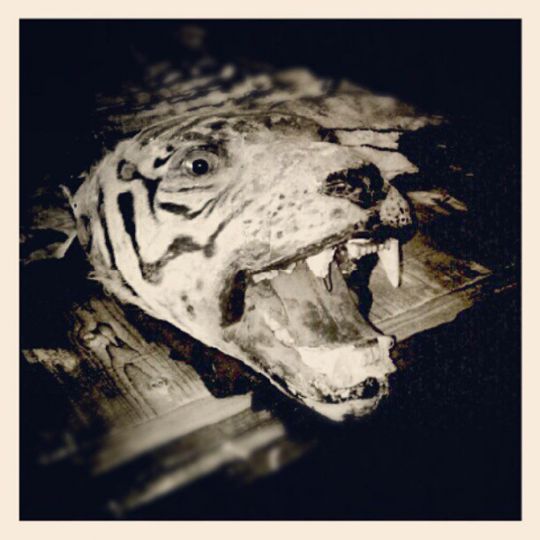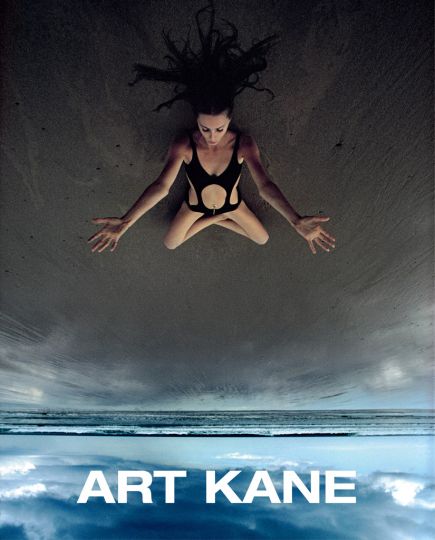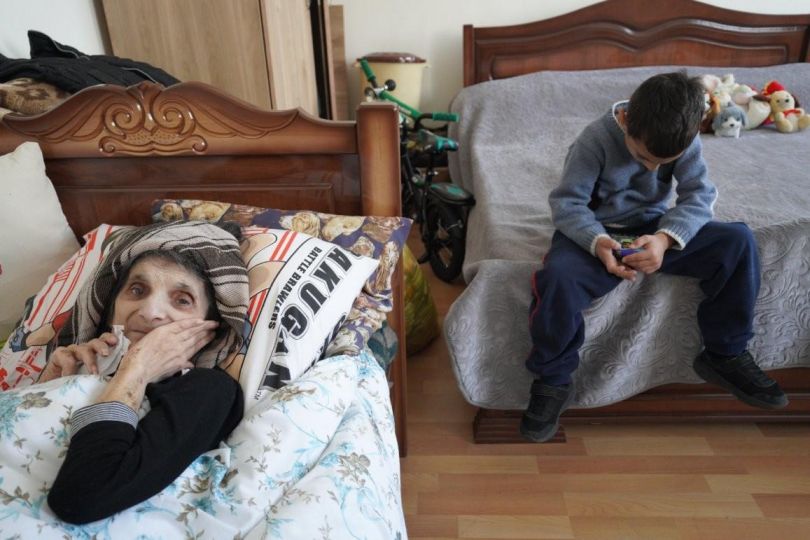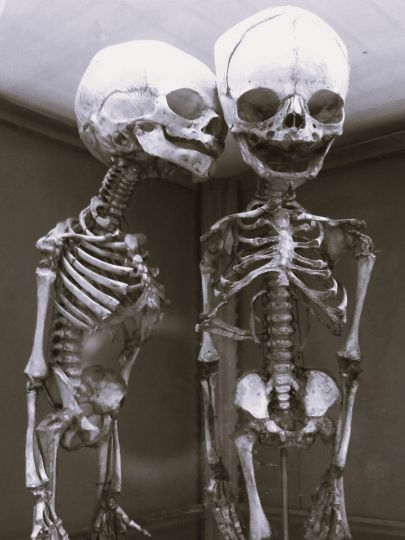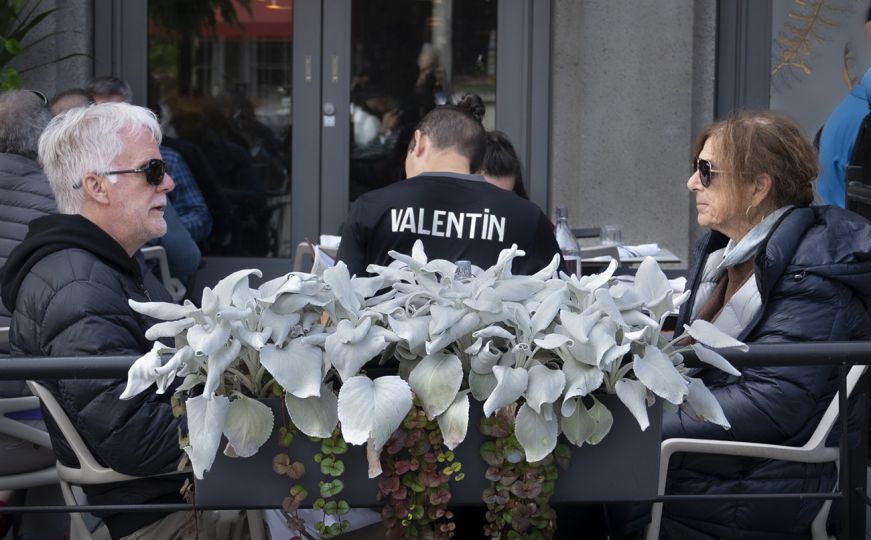With its robust presence on the international art market, Silk Road Gallery might be mistaken for the only photography gallery in Tehran. Admittedly, it was the first to devote its program to a single discipline back in 2001. Anahita Ghabaian, its director, has chosen to keep the photographs she represents accessible to an international audience, often by resorting to stereotypes of Iranian culture. Other galleries have taken a different and less obvious approach.
No6 Gallery offers a selection of aesthetically diverse documentary photography. Since its opening in 2007, the gallery has championed the medium’s social engagement. Among the gallery’s favorite photographers are the pioneer Kaveh Golestan, who photographed Iran’s working class. He was one of the few photographers to document, in the 1970s, the conditions of the lives of prostitutes in the Shahr-e Nau district of Iran. Until his death in 2003, while working for the BBC, Golestan photographed poor workers, the mentally ill and victims of the war. His work of the Iranian Revolution of 1979 earned him the Robert Capa Gold Medal.
While the gallery supports this type of photojournalism, it also looks back at the history of Iran and local photography, with a special interest in neglected archives. One of the major exhibitions of the photographs-documents was devoted to the studio photography of the Pahlavi dynasty, when the veil had just been banned.
Determined to support documentary photography despite a reluctant market, Katayoon Dehchamani, and her partner, Namdar Shirazian, are also turning to the work of younger generations of photographers, with highly lyrical documentary projects, like the black-and-white work of Ako Salemi, dedicated to the theme of everyday life.


